Toyota Hilux EV, The Electric Workhorse with Upgraded Technology and Bold Styling
Bukemersanacokyakisir – The Toyota Hilux EV marks a transformative chapter in the evolution of a legendary pickup. For decades, the Hilux has been known for toughness, reliability, and brutal durability. Now, Toyota blends those old strengths with modern electrification. Thailand was chosen as the global debut location, which highlights its importance as a manufacturing center for Southeast Asia. Furthermore, the decision reflects Toyota’s understanding of market diversity, where electrification must adapt to different levels of readiness. Even with the shift to electric power, the Hilux EV keeps its core identity intact.
“Read also: Francesco Bagnaia Crashes Out at MotoGP Portugal What Triggered It?“
Toyota Hilux EV Arrives with the Industry’s Most Diverse Powertrain Options
The Toyota Hilux EV is not alone in the ninth-generation lineup. Toyota offers diesel, gasoline, mild-hybrid, hydrogen, and full-electric options. This wide range makes the Hilux one of the most adaptable pickups in the world. Many countries still depend on combustion engines, and Toyota acknowledges that reality. Buyers can also choose between single-cab and double-cab formats. Double-cab versions target Europe and Australia, while Asia remains focused on workhorse configurations. Toyota’s strategy demonstrates flexibility rather than forcing full electrification too soon.
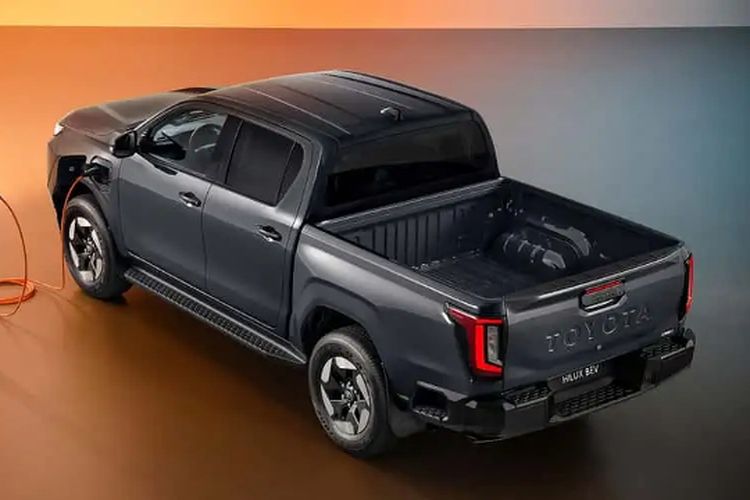
Toyota Adopts a Stronger and More Futuristic Exterior
The Toyota Hilux EV carries a bold, muscular design that breaks from previous generations. The front fascia is sharper and more aggressive, resembling the Toyota Tacoma. The traditional oval logo is replaced by a commanding “TOYOTA” script across the grille. Slim LED headlamps bring a futuristic touch that contrasts with the utilitarian look of older models. The embossed tailgate adds an American influence that feels modern and premium. Through these choices, Toyota refreshes the Hilux identity without abandoning its rugged spirit.
Toyota Hilux EV Interior Combines Modern Technology and Practical Ergonomics
Inside, the Toyota Hilux EV transforms into a sophisticated digital workspace. A 12.3-inch touchscreen dominates the dashboard and integrates entertainment, navigation, and system controls. A digital instrument cluster is available in 12.3-inch or 7-inch sizes, depending on trim. Toyota still preserves physical buttons for essential functions, which is important for off-road driving and rough conditions. The steering wheel, inspired by the Land Cruiser, reinforces the premium feel. These elements create a balanced cabin that respects both practicality and modern aesthetics.
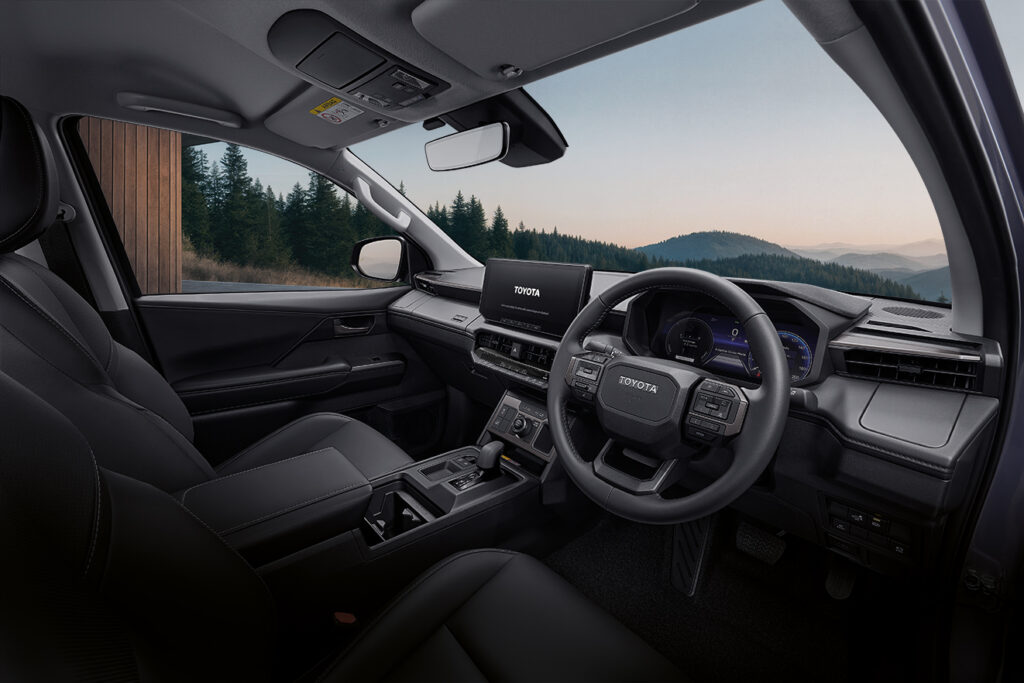
Hilux EV Introduces Electric Power Steering for the First Time
For the first time in Hilux history, Toyota equips the EV with electric power steering. This system provides smoother control and improved responsiveness, especially at low speeds. However, Toyota keeps hydraulic steering for selected regions, including Eastern Europe. This choice reflects the company’s awareness of environmental factors and durability requirements. By offering both options, Toyota ensures the Hilux remains effective in all terrains and climates. The transition is thoughtful rather than forced.
“Read more: Marco Bezzecchi Dominates the Portuguese Grand Prix Qualifying at Portimao“
The Hilux EV Performance Balances Efficiency with Traditional Capability
The Toyota Hilux EV uses dual electric motors powered by a 59.2 kWh battery. The WLTP range of approximately 240 km suits daily tasks and light-duty operations. Torque output is strong and well-distributed, with 205 Nm delivered to the front motor and 269 Nm to the rear. Even as an electric truck, it maintains a 715-kg payload and a 1,600-kg towing capacity. These numbers confirm that the Hilux EV still performs as a work tool, not just a lifestyle vehicle.
This EV Strengthens Toyota’s Electrification Strategy
The Toyota Hilux EV reflects Toyota’s long-term plan to expand electric mobility without disrupting global markets. Many regions still rely on diesel for heavy-duty work. Instead of eliminating those options, Toyota offers electrification gradually. This approach supports customers who need reliability in extreme environments. Consequently, the Hilux EV functions as part of a larger ecosystem rather than a standalone product. Toyota’s strategy blends ambition with practical realism.
Hilux EV Sets the Benchmark for Electric Pickup Development
The Hilux EV is more than an electric pickup; it is a model that may redefine future standards in its segment. Through modern design, broad powertrain options, and refined performance, it positions itself as an industry reference point. Enthusiasts may see it as a bridge between old mechanical strength and new technological possibilities. Fleet owners may value its efficiency and low maintenance. In either case, the Hilux EV represents Toyota’s confidence in shaping the next era of work-ready electric vehicles.

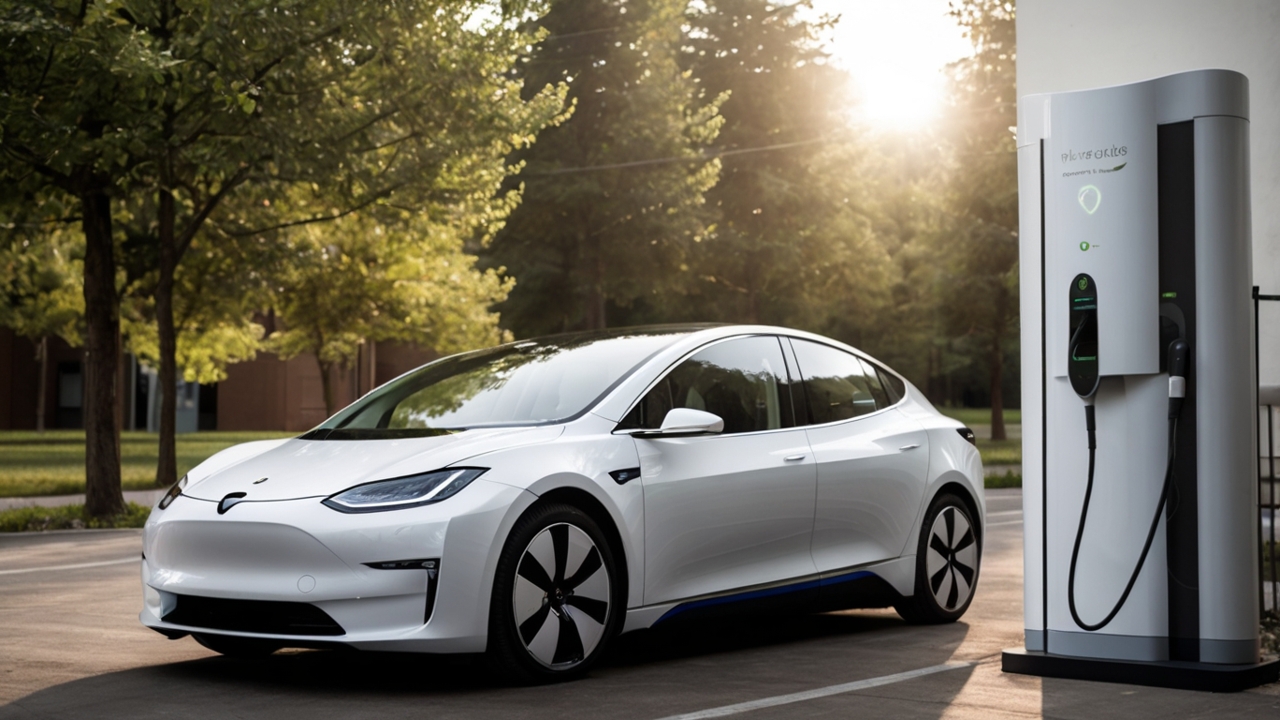
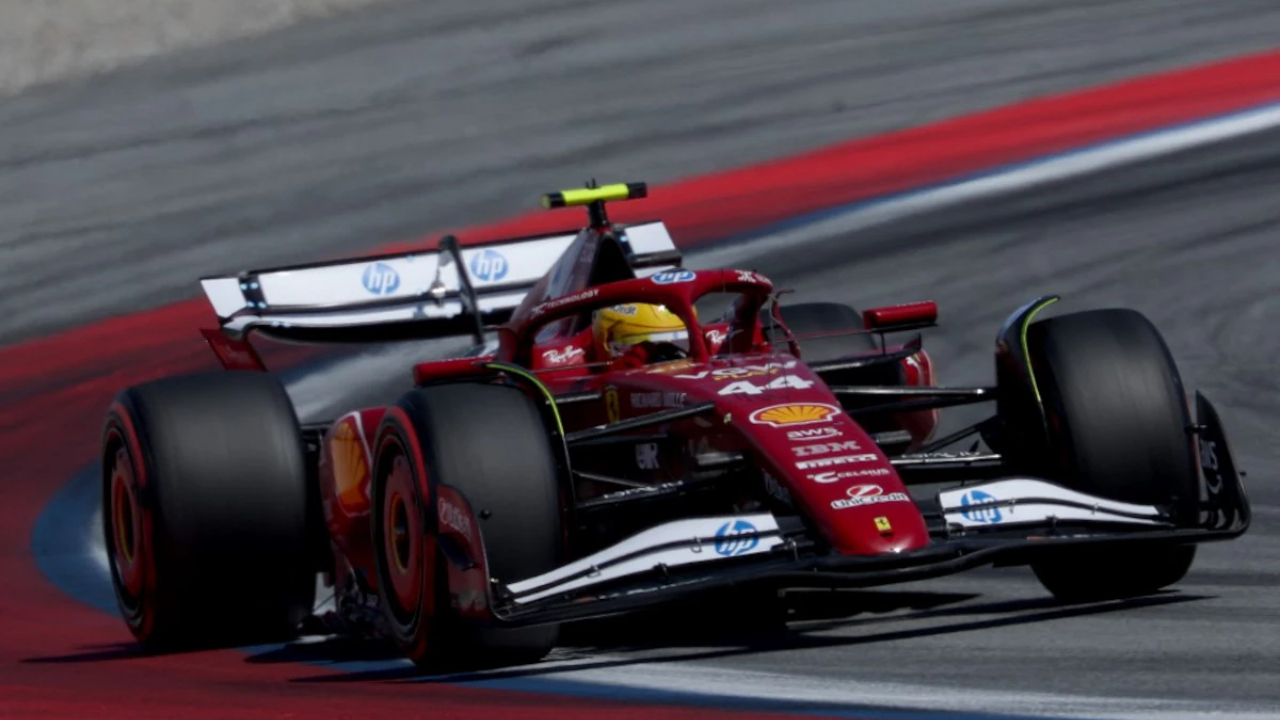




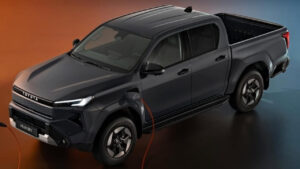
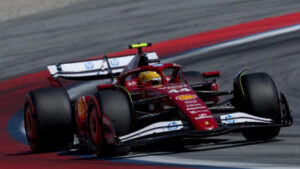


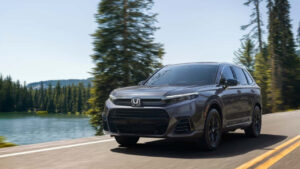
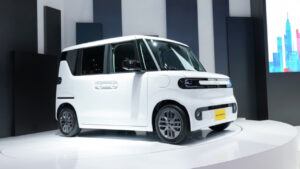
Post Comment